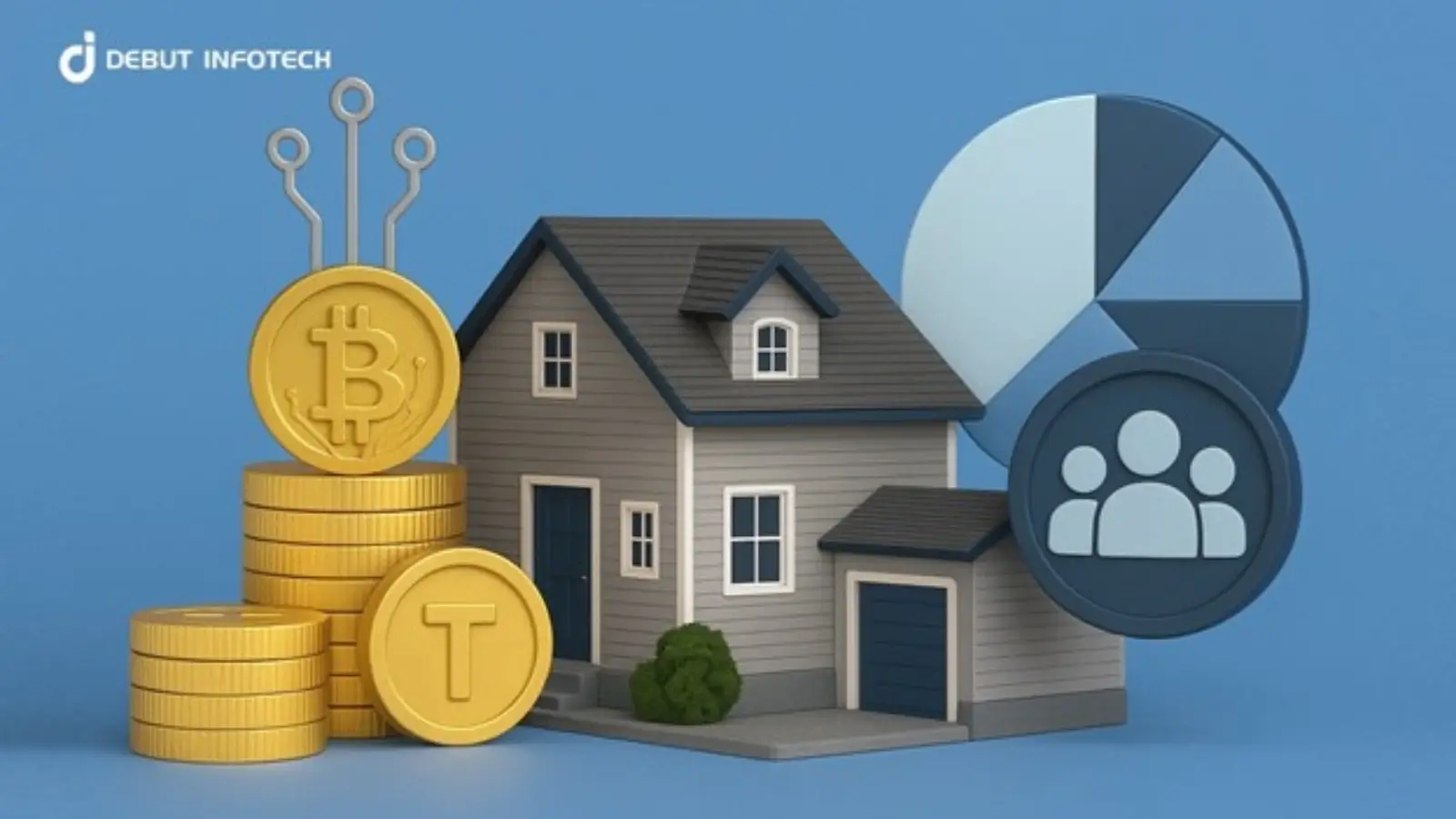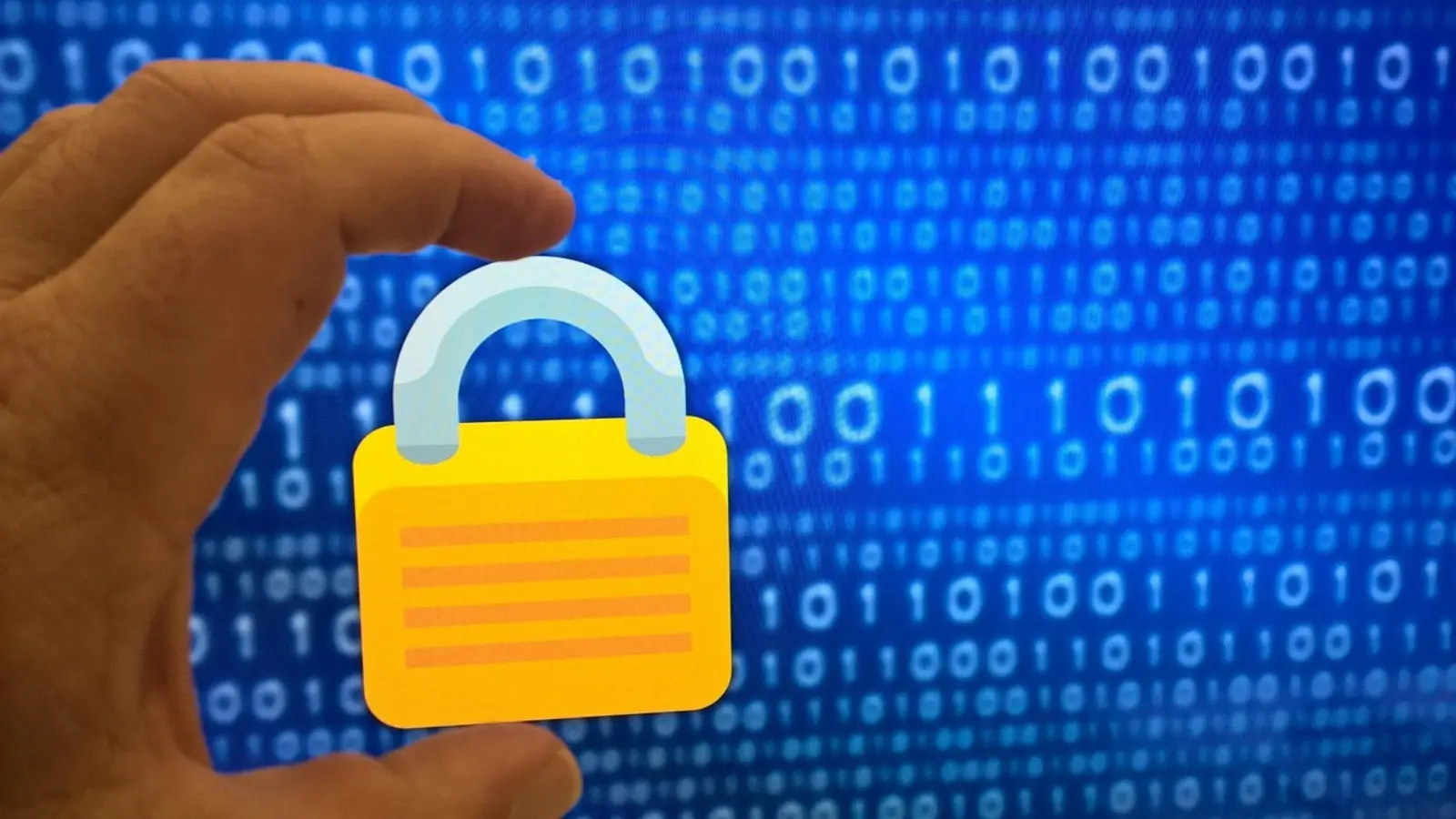Voting is the foundation of democratic societies, ensuring that citizens have a voice in shaping government policies and leadership. However, traditional voting systems often face challenges related to transparency, security, accessibility, and trust. Issues such as voter fraud, tampering, and opaque counting processes can undermine public confidence in elections. Blockchain technology offers a promising solution to these problems by providing a decentralized, secure, and transparent platform for conducting and verifying votes. By leveraging blockchain, voting systems can become more reliable, efficient, and inclusive, potentially transforming how democracies operate worldwide. It takes time to learn how market patterns build. That’s why many beginners start with tools like NetherexPro to follow along.
The Need for Improved Voting Systems
Elections are complex logistical endeavors that require managing voter registration, ballot distribution, vote casting, counting, and auditing. Traditional paper-based or electronic voting systems often struggle with vulnerabilities, including errors, cyberattacks, and manipulation. Additionally, voter turnout can be limited by physical accessibility barriers or distrust in the integrity of the process.
The consequences of flawed elections are severe, ranging from contested results and political instability to eroded public trust in institutions, outcomes often worsened by inaccurate polling and misleading forecast data. Therefore, there is an urgent need for voting systems that enhance security, ensure accuracy, and foster transparency to strengthen democratic participation.
How Blockchain Enhances Voting Integrity
Blockchain provides a decentralized ledger where every vote can be recorded as an immutable transaction. Once entered, data on the blockchain cannot be altered or deleted, protecting votes from tampering or fraud. Each vote is cryptographically linked to the voter’s identity in a secure and privacy-preserving manner, ensuring only eligible individuals participate.
Because blockchain networks operate on consensus mechanisms rather than centralized control, the risk of a single point of failure or manipulation is greatly reduced. This decentralization increases the resilience of voting systems against hacking and insider threats.
Additionally, blockchain’s transparency allows all participants to verify votes and results independently without compromising voter anonymity. This public auditability can help rebuild trust in electoral outcomes.
Accessibility and Convenience
Traditional voting often requires citizens to visit polling stations during specific hours, which can discourage participation due to work, health, or mobility issues. Blockchain-powered voting can enable remote or online voting options that allow voters to cast their ballots securely from anywhere, increasing accessibility.
Digital identities anchored on blockchain can simplify voter registration and authentication processes, reducing bureaucratic hurdles. Moreover, real-time verification and vote counting streamline election administration, reducing costs and delays.
By making voting more convenient and inclusive, blockchain can boost voter turnout and representativeness.
Privacy and Anonymity Considerations
While transparency is essential, protecting voter privacy is equally critical. Blockchain voting systems use cryptographic techniques such as zero-knowledge proofs and homomorphic encryption to allow votes to be counted without revealing individual voter choices.
These methods ensure that while the overall results remain transparent and verifiable, the secrecy of the ballot is preserved, which is fundamental to democratic principles.
Balancing transparency with privacy remains a key design challenge but one that blockchain technology is increasingly capable of addressing.
Real-World Implementations and Pilots
Several countries and organizations have begun experimenting with blockchain voting. Estonia is often cited as a pioneer in digital voting, although its system is not fully blockchain-based, it serves as a model for integrating technology with voting.
West Virginia in the United States piloted a blockchain voting app for overseas military personnel, enabling secure mobile voting with positive feedback on usability and security.
Other pilot projects include Sierra Leone’s 2018 blockchain-based voting experiment, which aimed to increase election transparency and credibility.
These examples demonstrate blockchain’s potential while highlighting the need for further development and evaluation.
Challenges and Limitations
Despite its promise, blockchain voting systems face hurdles to widespread adoption. Technical challenges include ensuring scalability to handle millions of votes securely and developing user-friendly interfaces for all demographics.
Legal and regulatory frameworks vary widely and must evolve to recognize and govern blockchain-based elections. Security concerns, including potential new attack vectors and reliance on digital infrastructure, require robust mitigation strategies.
Public acceptance is another barrier, as voters and officials may be skeptical of unfamiliar technologies. Comprehensive education and transparent testing are necessary to build confidence.
The Role of Smart Contracts in Voting
Smart contracts automate voting processes by executing predefined rules without intermediaries. They can manage voter registration, ballot issuance, vote counting, and result declaration automatically and transparently.
This automation reduces human error and increases efficiency while ensuring that election rules are enforced impartially.
Smart contracts also allow for customizable voting models, such as weighted votes or ranked-choice voting, expanding democratic options.
Future Prospects and Innovations
The future of blockchain-powered voting includes integration with biometric authentication and decentralized identity solutions to enhance security and voter verification.
Hybrid models combining on-chain and off-chain processes may balance transparency with performance needs.
Advances in quantum-resistant cryptography could protect blockchain voting systems from future computational threats.
Global standards and cross-border collaborations will be essential to harmonize blockchain voting protocols and regulations.
As technology matures, blockchain voting could revolutionize not only government elections but also corporate governance, community decision-making, and decentralized organizations.
Conclusion
Blockchain-powered voting systems present a transformative opportunity to address long-standing issues in election integrity, security, and accessibility. By leveraging decentralized and transparent ledgers, these systems can enhance trust and participation in democratic processes. Although challenges remain in technology, regulation, and public acceptance, continued innovation and pilot testing show promise for broader implementation. As societies seek more reliable and inclusive ways to conduct elections, blockchain stands out as a compelling tool to strengthen democracy for the digital age.
















